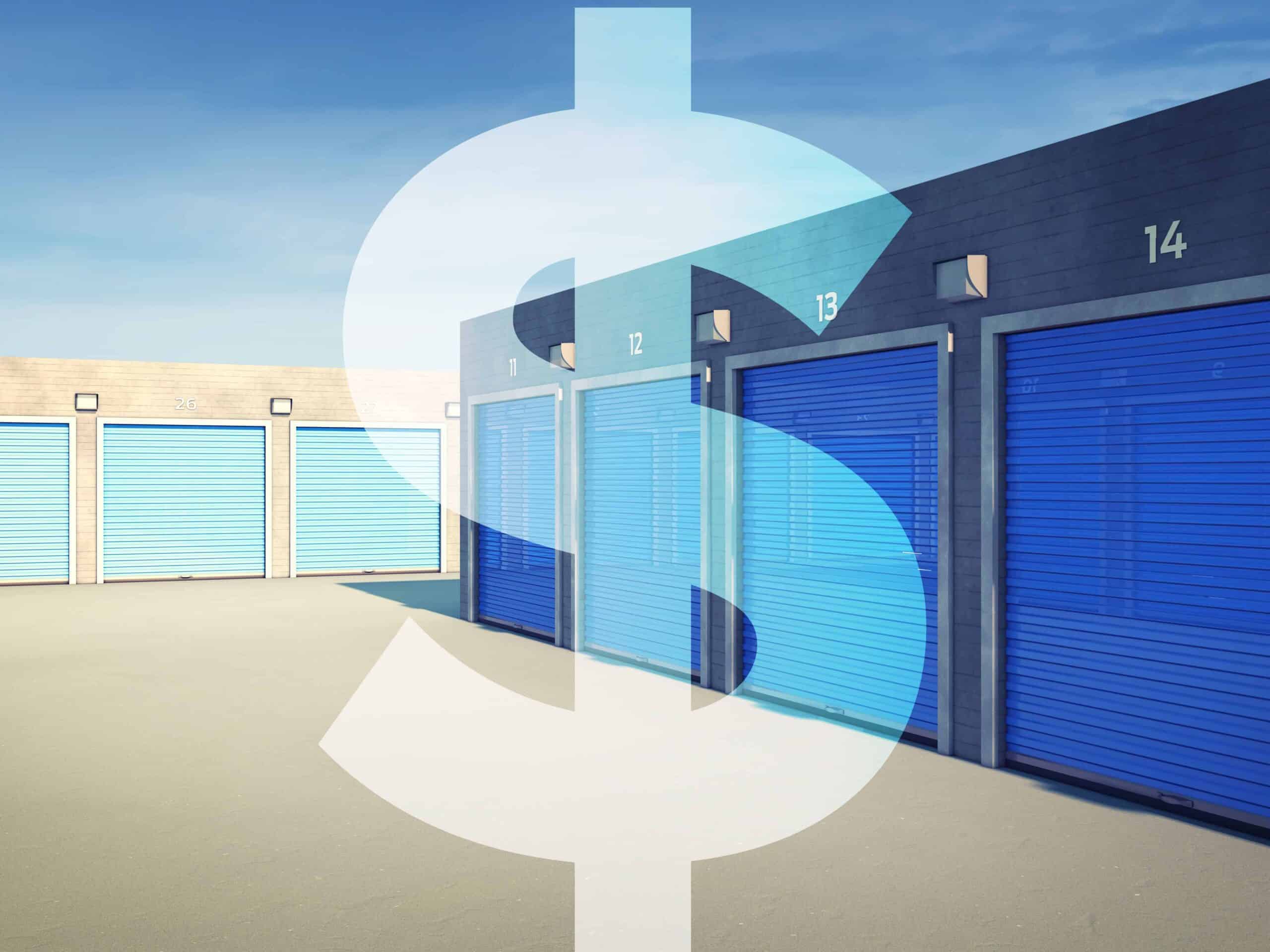Boost Facility Revenue By Optimizing Storage Rental Rates

Your self-storage facility is perhaps your most valuable asset. But is it as valuable as it could be?
As you know, the net operating income (NOI) at your storage facility directly impacts how buyers and banks value your storage property. However, many self-storage operators leave hundreds of thousands of dollars worth of value on the table by not optimizing their rental rates.
Revenue management for self-storage
When was the last time you raised or lowered your rates? If you are a savvy self-storage operator using revenue management practices to optimize rents, you might answer “several times today.” But if you’re new to revenue management for self-storage, here is what you need to know.
What is revenue management?
Simply put, revenue management is the practice of raising or lowering prices based on occupancy and market conditions, which are based on supply and demand.
When you have a large number of a certain unit type available, you’ll want to lower the price to increase demand resulting in maximized occupancy. If you have low inventory for a particular unit type, this indicates demand is high and you should raise the price for that unit to maximize revenue.
Revenue management can be done manually, by taking the time to conduct your own research and calculations on a regular schedule. You’ll need to compare rates at competing facilities and check their availability.
Or revenue management can be done automatically, with facility management software that adjusts prices based on your own operational data. This provides more accurate and more timely data, eliminates guesswork and ensures your self-storage units are priced competitively.
What about rent increases for storage units?
The cost of everything is going up lately, and most storage customers understand that they are subject to rate increases on their storage units as well. Rate increases on existing customers should absolutely be a part of your revenue management plan if you want to get the most profit out of your facility down the road.
A modest increase of 3% to 5% every 12 months is not too much to bear for most tenants, and they are unlikely to go to the hassle of relocating their belongings to a lower-priced facility that is further away. And as renting storage is a month-to-month contract, they are free to move out if they wish—only to be replaced by a new tenant paying your higher asking rent.
Rent increases are also a key way to grow your business amid the current supply crunch. If you are over 90% occupancy, you’ll need to increase rates on existing tenants in order to continue growing your revenue per unit. Revenue management provides the most effective way to calculate and implement increases.
Regular rent increases not only boost your NOI reliably over time, but that extra NOI can result in a sizable impact on the value of your facility.
Boosting the value of your facility
Here’s the fun part—increasing the value of your facility. The extra monthly income from revenue management is a huge plus, but the increase in value to your facility provides an even bigger benefit.
Remember, the price an investor is willing to pay for a storage property is driven by the cap rate. The cap rate is an expression of the expected return an investor will receive from the property.
This is the formula:
Capitalization rate = Net operating income / Building cost
So how does revenue management come into play?
Let’s say facilities in your area have sold with an average cap rate of 5%. Your annual net operating income is $100,000 for the year. That would value your facility at $2 million.
5% = $100,000 / $2,000,000
But what if you used revenue management to increase your NOI? If you raised rates by 5% using revenue management, then your NOI would be $105,000. When it comes to selling your facility, that extra $5,000 goes a long way.
The equation now is:
5% = $105,000 / $2,100,000
That’s an extra $100,000 in value added to your facility because you implemented revenue management and commanded more competitive rental rates.
Putting revenue management into practice
Bottom line is this: if you aren’t using revenue management to inform your storage unit pricing, you are leaving money on the table when the time comes to exit your self-storage investment. If you allow your rates to fall out of sync with the rest of the market, it could cost you a great deal if you ever decide to sell your facility.
So, how do you get started?
Start by using a facility management software product with built-in revenue management tools like SiteLink or storEDGE. Putting such revenue management tools to work is the quickest and best way for storage operators to start optimizing rates and start generating more NOI.
Want to learn more?
Storable CEO Chuck Gordon will present “Optimizing Your Self-Storage Rental Rates for Higher NOI and Facility Value” at the ISS World Expo in Las Vegas on April 20th from 11:00-11:50 AM in Grand Ballroom F.
Gordon will detail strategies for operators to successfully implement revenue management at their facilities.
Attending the ISS World Expo?
Visit Storable at Booth #511 for a demo of our ISS Best of Business award-winning management software, featuring built-in revenue management tools—and other offerings such as payment processing, facility websites, and the internet’s largest storage marketplace.

What does California’s New Honest Pricing Law Mean for Self-Storage Operators?
The Honest Pricing Law represents a significant shift towards greater transparency in pricing for businesses operating in California. The law eliminates hidden fees and ensures that customers are fully informed about the total cost of a service or product before making a purchase. Keep Reading

Doing More: Storable Releases Annual Corporate Responsibility Report
Sustainable and socially responsible business practices improve operational efficiency, drive innovation, and contribute to strong financial performance over the long-term. They are also becoming critical factors when it comes to accessing capital and attracting top talent. Keep Reading

Storage Monitor: Top Performing Markets for Rental Rate Growth
Storable looked at the top 200 most popular markets for self-storage rentals and calculated the average rental rate year to date through June for each, and compared to the same period in 2023. In our analysis, only 18 markets show positive average rental rate growth compared to last year. Keep Reading